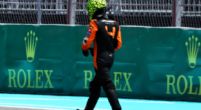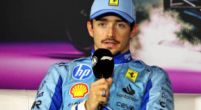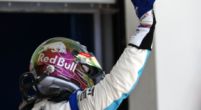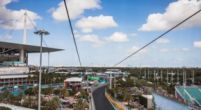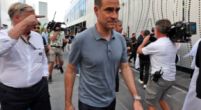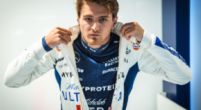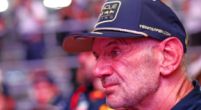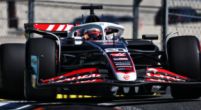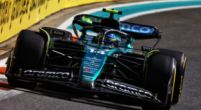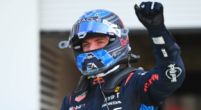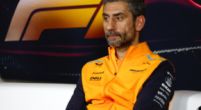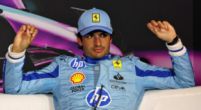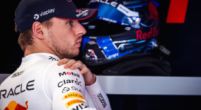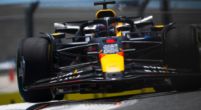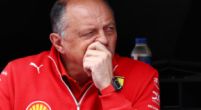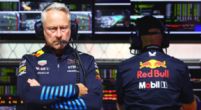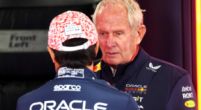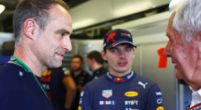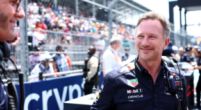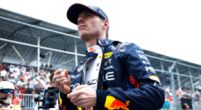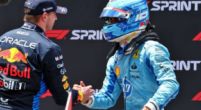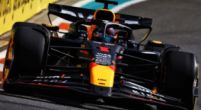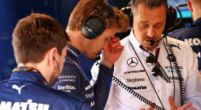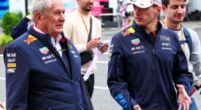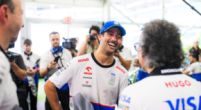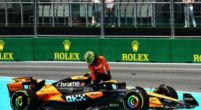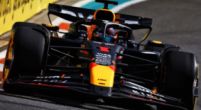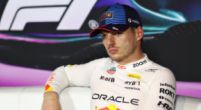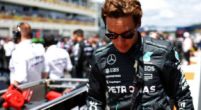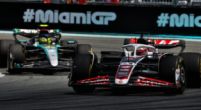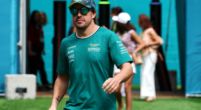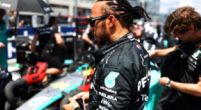Tech

F1 Tech Preview | With this setup, Mercedes hope to fight Red Bull
With three races to go, F1 approaches one of the shortest and most technical tracks of the whole season, Interlagos circuit. The Brazilian track is well-known for producing great racing, but due to its layout, the abrasive asphalt and the altitude (800 meters above sea level), it’s one of those tracks where it is really difficult to find a good setup for the car. The high-speed first and third sectors would suggest a medium-low downforce set-up, while the slow and twisty middle sector is really prohibitive on the rear tyres, not only during qualifying but especially during the race.
For these reasons, engineers always choose to run a high downforce set-up; let’s see what choice they’ve made this year.
Red Bull and Mercedes with Monaco rear wings
This season, we’ve always seen Red Bull running higher downforce rear wings compared to their rivals and this weekend, they’ve decided to use the maximum downforce rear wing, already seen in the last three races. The main plane has a straight shape, with a leading edge curved upwards to increase the chord of the airfoil and produce more downforce. The chord being the distance between an aerofoil's leading edge and its trailing edge.
Again with this purpose, the main plane is very long in length and is connected to the endplate only in the outermost portion to have as much surface area as possible to generate downforce. Regarding the mobile flap, it has quite a long chord too, which means more drag when the DRS is closed but higher top speed when the system is activated because there’s a bigger “window” where the air goes through. This profile shows the typical cut in the endplate transition (already seen in Singapore and very popular among all the cars), which should help reduce the vortices at the wing tip, thus resulting in less drag.
This wing choice has been matched with a medium downforce rear wing with two profiles: the upper profile has a very high attack point and a reduced chord towards the endplate, while the profile below has a more curvy and conventional shape. This beam wing choice, matched with the maximum downforce rear wing, seemed to have worked beautifully in the last rounds, providing significant downforce in the corners and high efficiency with the DRS wide open.
A crucial point for Red Bull will be to find a good set-up in FP1 on Friday: the RB19 doesn’t really suit bumpy circuits (Interlagos is one of those) and with twisty and slow corners. For the engineers, it will be essential to choose a good ride height and a good mechanical setting of the suspension system to make the car well-balanced and drivable, especially in the second sector, where time is gained. The maximum downforce rear wing should help this, as the team could decide to run the car a bit higher to the ground (also to be safe on plank wear) without losing too much downforce.

For what concerns Mercedes, the team will be running the highest downforce rear wing as well this weekend: the wing has a slightly wavy main plane entry (to guarantee a maximum chord in the central section and a "flatter" attack at the endplate) of extended length, to allow more airflow towards the rear to generate downforce. The DRS flap has a shorter chord than the Red Bull’s one, probably to reduce drag in the straights when the DRS is not opened (the W14 is one of the slowest cars in the straight line) and is connected to the endplate with a cut in the wing, with the same goal to reduce air resistance.
This wing choice could be matched with a maximum downforce beam wing to generate as much downforce as possible from the rear and to solve the W14 rear instability problems, already seen this year.
If Mercedes gets the set-up right in the only hour of practice, they could really fight for something important this weekend, as the car has proved to be strong in the slow corners and on bumpy tracks, where a higher ride height is required (like Singapore), since they seem to be able to produce a lot of downforce even at higher heights.
Ferrari and McLaren with medium downforce rear wings
Ferrari and McLaren, on the other hand, have decided to run medium downforce rear wings, the same both teams used at COTA. Ferrari’s main plane has a spoon shape, which has the goal of producing as much downforce as possible in the central section of the wing, where the chord is long, and reducing drag towards the endplate transition, where the surface area of the wing is less.
On the other hand, the McLaren has a very long spoon profile to produce quite a good amount of downforce. The DRS flap is quite similar for both teams, with the MCL60 rear wing showing the typical cut in the endplate transition (as seen on the Red Bull and the Mercedes), and the SF-23 has a more conventional connection of the DRS flap to the endplate.
Ferrari has then chosen to run the bi-plane style beam wing, with the off-loaded upper element to reduce downforce and drag and potentially act as a support element for the rear wing.
Both Ferrari and McLaren could be quick around Interlagos: as already shown last time out in Mexico, the SF-23 seems to behave very well at high altitude and is among the quickest cars in the slow and twisty section, where a strong mechanical grip and traction are needed, so they can be very competitive in the second sector. Moreover, the Maranello team has always been quite competitive on sprint weekends, which is a good sign of correct preparation for the weekend back at the factory.
For what concerns McLaren, even if this track shouldn’t be their best due to the long straights and the slow corners in the second sector, the car has proved to have a strong pace during the race in Mexico. Thus, the MCL60's ability to manage the tyres really well could come into play on a track where tyre management (especially of the rear tyres) is crucial to not overheat them to compete with Mercedes and Red Bull.
In conclusion, we can only wait and see how teams will set their cars with only an hour of practice, hoping to see a close and exciting battle for victory as often happens at Interlagos.


